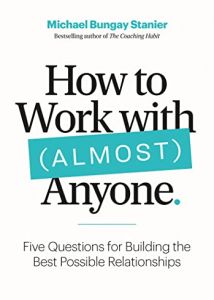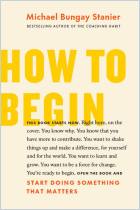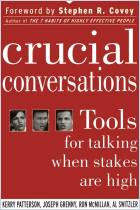Зарегистрируйтесь на getAbstract, чтобы получить доступ к этому краткому изложению.

Зарегистрируйтесь на getAbstract, чтобы получить доступ к этому краткому изложению.
Michael Bungay Stanier
How to Work with (Almost) Anyone
Five Questions for Building the Best Possible Relationships
Page Two, 2023
Что внутри?
Discover the secrets to creating and sustaining the best possible working relationships.
Recommendation
Working relationships can affect your work performance, happiness and general quality of life. Getting those relationships right is a skill you must work to develop, however. In this helpful guide, Michael Bungay Stanier offers you the solution to building the best possible relationships: the Keystone Conversation. Learn to ask the right questions, and navigate difficult discussions with empathy and grace. Whatever your role, this transformative approach to strengthening connections and resolving conflicts will allow you to unlock the full potential of your work relationships and achieve greater success.
Summary
About the Author
Best-selling author and speaker Michael Bungay Stanier’s previous titles include The Coaching Habit and How to Begin.























Comment on this summary